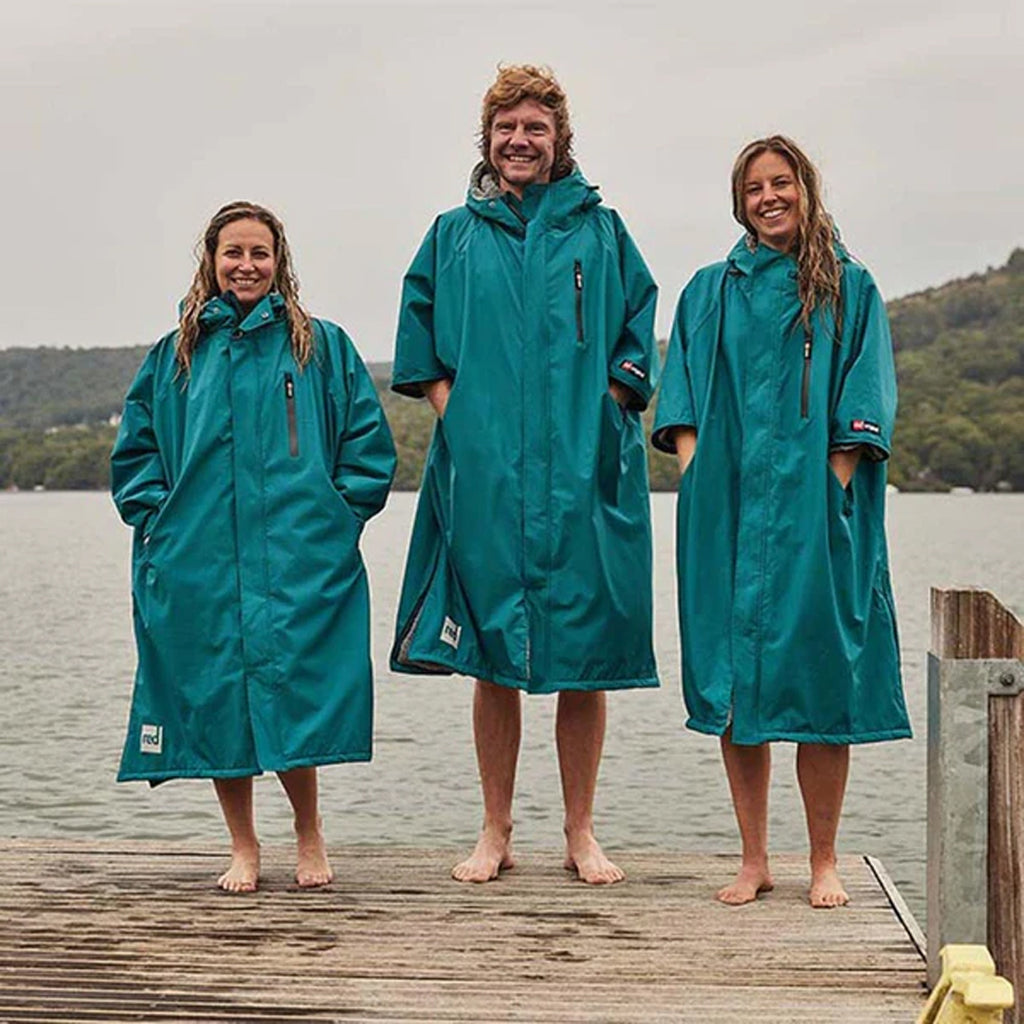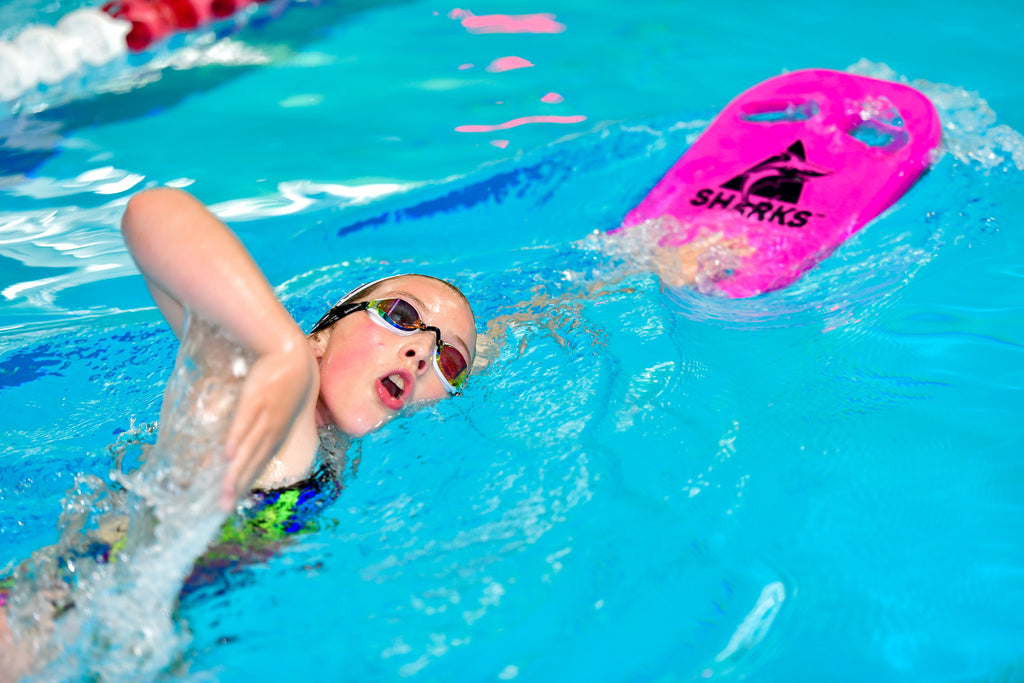Keep swimming outdoors this winter
 Outdoor swimming in winter is an acquired taste. This is because cold water isn’t just uncomfortable, but it can hurt and is dangerous too. Nevertheless, the number of people who take part in winter swimming is increasing every year and they rave about the benefits. The first thing to bear in mind when it comes to outdoor winter swimming is to approach it with a different mindset to pool swimming or swimming outside in summer.
Outdoor swimming in winter is an acquired taste. This is because cold water isn’t just uncomfortable, but it can hurt and is dangerous too. Nevertheless, the number of people who take part in winter swimming is increasing every year and they rave about the benefits. The first thing to bear in mind when it comes to outdoor winter swimming is to approach it with a different mindset to pool swimming or swimming outside in summer.
Winter swimming is not about fitness or training; it is an intense physical and mental experience that will leave you buzzing all day.
In terms of your mindset, you will need to overcome your body’s resistance to getting cold. Finally, once you’ve overcome those barriers and you’re enjoying your time in the water, you must always be careful to get out and warm up before you become dangerously cold.
Open Water Swimming Locations
It’s always a good idea to find a group of people who already swim in winter as they can guide you to best places, advise you on how to stay safe and look after you while you swim.
Generally, unheated, outdoor pools are the ideal location for your first winter swimming experience for both safety and convenience. Next you can move into the sea, provided the conditions are calm. It’s worth noting that there are unlikely to be any lifeguards on the beach though so be sure you are swimming with someone or least someone accompanies you, even if they stay on shore.
As the popularity winter swimming grows, more commercial venues like open water swimming lakes tend to stay open in winter. These venues can sometimes offer the advantages of safety, showers and changing facilities. Rivers however should be approached with caution as they are much less predictable with dangerous currents and poor water quality.
Risks from Winter Swiimming
The main risks from winter swimming are cold water shock, swim failure and hypothermia. Cold water shock is the body’s natural physiological response to sudden immersion in cold water; it causes a sudden involuntary sharp intake of breath and an increase in blood pressure. If you’re not fully prepared this sort of shock can result in drowning.
On the positive side, cold water shock reduces once you have experienced it a few times. You can also mentally prepare for it, which again reduces the impact and avoids any element of panic. Fortunately, the shock only lasts a couple of minutes and you soon start to feel amazing.
The next thing to be aware of is that your body will try to preserve heat by restricting blood flow to your limbs, so these are the first things that get cold. As your muscles get cold, their strength decreases, and this hampers your swimming ability and there is a danger that your muscle power decreases to the point where you can no longer swim, which is an obvious drowning risk.
You also need to avoid hypothermia as this can impact on your mental abilities and judgement. So, if you start shivering violently, leave the water immediately. If you are with another swimmer and you suspect they are becoming hypothermic, insist they leave the water, whatever they say.
Keeping Warm Out of the Water
 When you get out of the water, even if you are wearing a wet suit, your body temperature will continue to drop for around half an hour after you have finished swimming. You should take time to warm back up by dressing quickly and drinking a warm drink for example to bring your temperature up to its normal rate.
When you get out of the water, even if you are wearing a wet suit, your body temperature will continue to drop for around half an hour after you have finished swimming. You should take time to warm back up by dressing quickly and drinking a warm drink for example to bring your temperature up to its normal rate.
If you are planning to start winter swimming, then the first thing you need to do is to invest in a properly fitted wetsuit. The reason this wetsuit needs to be properly fitted is to ensure no cold water leaks in from the neck, wrists or ankles. There are also heavy-weight wet suits available which are specially designed for cold water swimming. Caps, gloves and booties are a must to keep your extremities warm.
But at some point, you need you remove your wetsuit and other accessories to get changed into your normal clothes, and towel simply won’t be enough.
It’s a good idea to invest in a dry robe that will not only keep you warm and snug, but makes it easy to change if there aren’t any changing facilities close by.
 For winter swimming, the advanced dry robe is perfect combining the original towelling dry robe with the old school Swim Parka. With the added functionality of a versatile zip at the front to create a full poncho, you can stay warm and change quickly with this advanced product.
For winter swimming, the advanced dry robe is perfect combining the original towelling dry robe with the old school Swim Parka. With the added functionality of a versatile zip at the front to create a full poncho, you can stay warm and change quickly with this advanced product.
Another good investment for outdoor swimming is a Swimzi. These are onsie’s for swimmers and are perfect to wear to and from an outdoor winter swim to keep you warm and snug, as well as helping with your recovery.
Sharks Swim Shop
At Sharks Swim Shop, we stock all of the clothing, accessories and equipment you may need to enjoy outdoor swimming. We also offer a wet suit fitting service to ensure your body is kept as snug as possible from the risk of cold water seeping in.
To find out more, call into our shop in Sketty or visit our online shop www.sharksswimshop.co.uk







